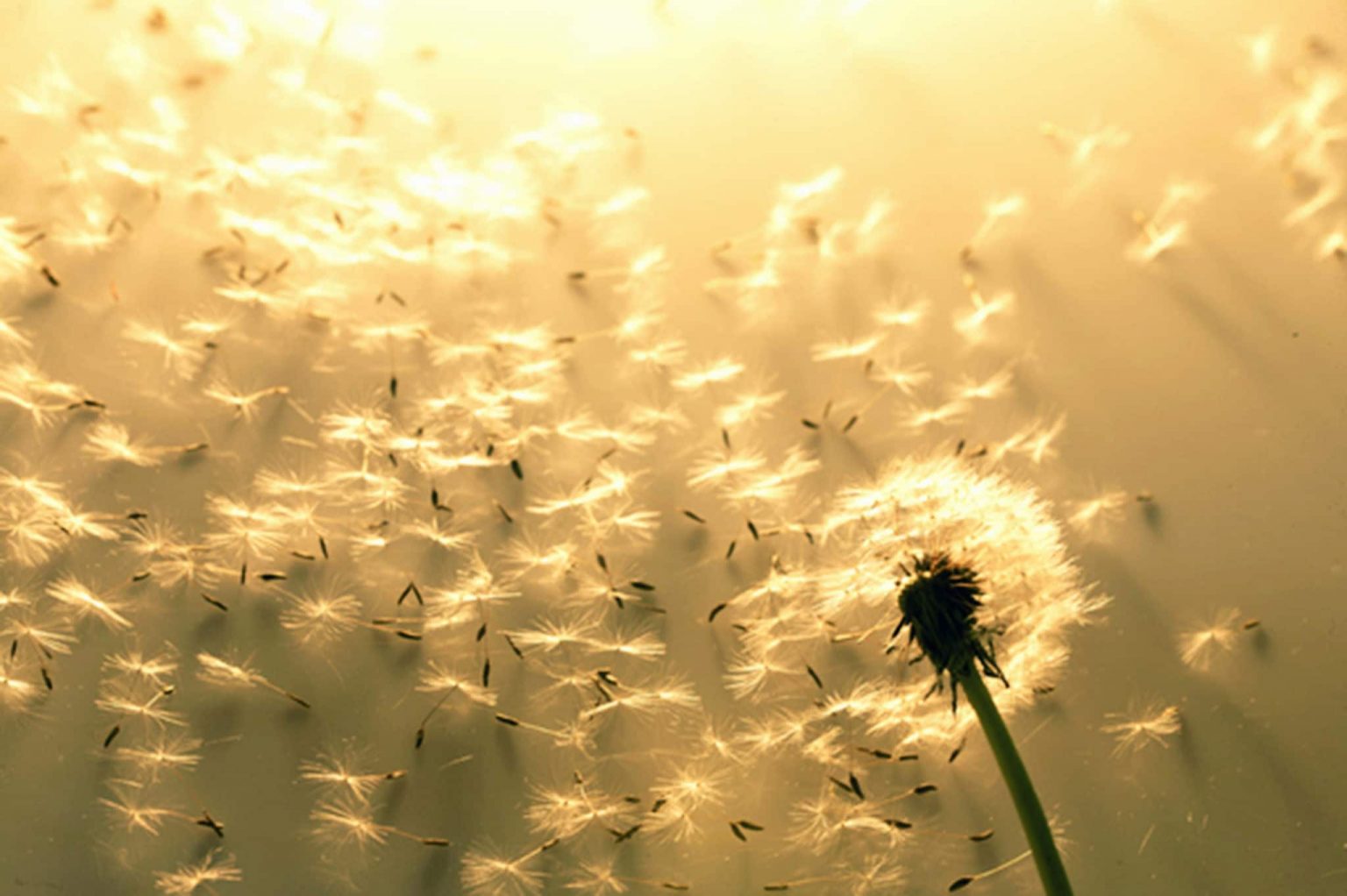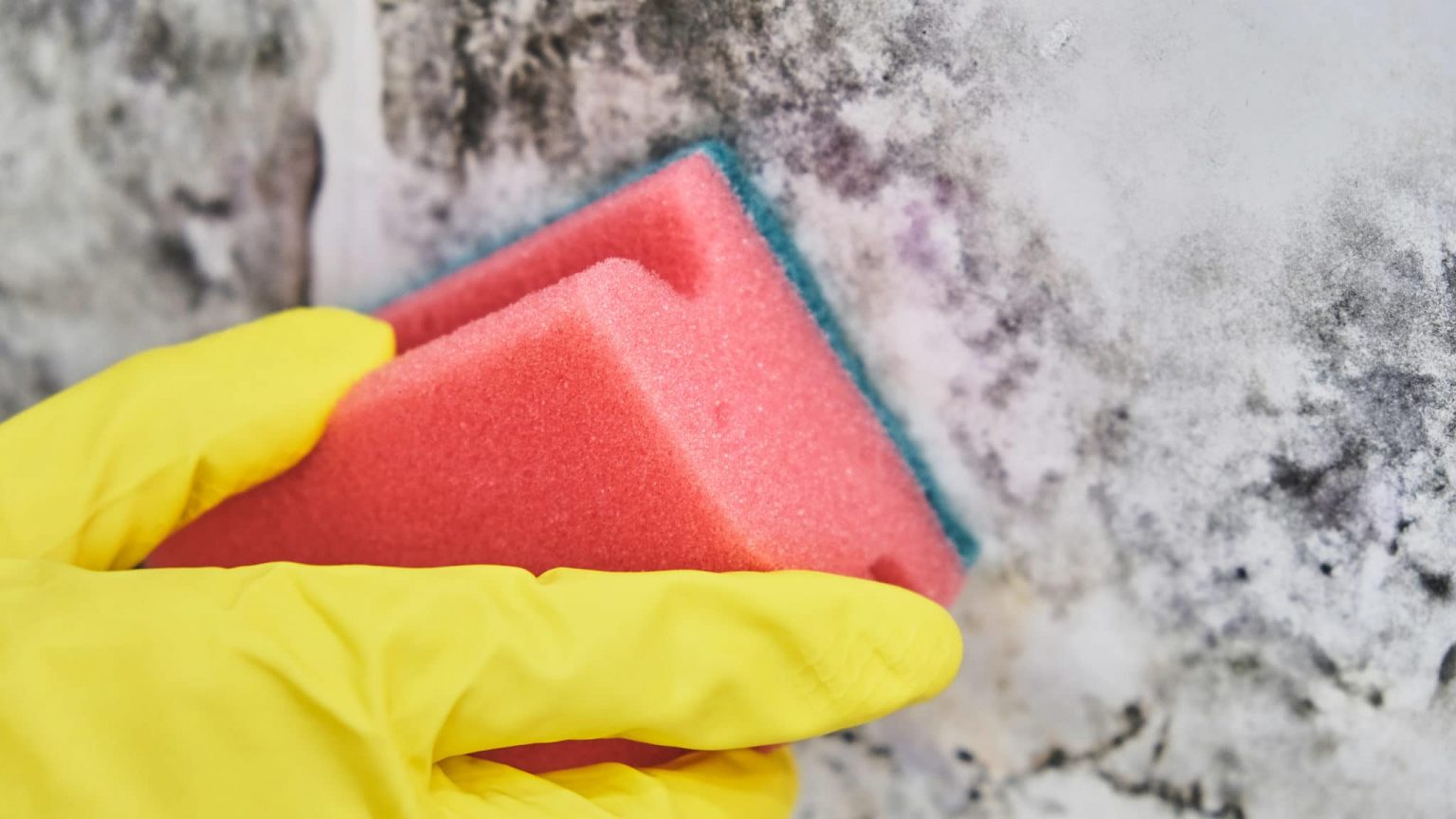Seasonal Allergies

Allergies fall under two categories: seasonal and perennial. The latter occurs year-round, while seasonal allergies appear during specific times of the year, during the plant’s pollination season. Trees pollinate in the spring, grasses in the summer and weeds in the fall. Seasonal allergies are often referred to as hay fever.
How Can You Reduce Seasonal Allergies?
There are steps you can take to reduce seasonal allergy symptoms. Avoiding the allergy trigger is first and foremost. Stay indoors when pollen counts are at their peak, especially on dry, windy days. This usually occurs during the early morning and evening hours. Close windows and run the air conditioner.
If you have to go outside, wear eye protection—like sunglasses—and consider a dust mask. When driving, keep the windows rolled up and the AC running. Once back indoors, shower to rinse away pollen from your skin and hair. Afterward, wear a new set of clothing. Using a high-efficiency particulate air (HEPA) filter indoors can help keep the air clean.
Over-the-counter medications can help relieve seasonal allergy symptoms. A nasal inhaled anti-inflammatory spray like Fluticasone is very helpful in reducing allergic symptoms on a day-to-day basis. Antihistamines will help reduce sneezing, itching, watery eyes and runny nose.
Decongestants help with nasal congestion. Irrigating the nasal passages with a Neti pot or similar rinse can also prove beneficial. If medical treatment is ineffective or inconvenient, talk to your ear, nose and throat doctor about immunotherapy options (allergy shots). Allergy shots or oral drops are the only way to develop long-term immunity to environmental allergens.
Perennial Allergies
Perennial allergies are due to allergens that appear year-round, like molds, house dust and domesticated animal danders.
Mold Allergies

Individuals with mold allergies experience immune system reactions whenever they inhale mold spores. Symptoms are similar to those that occur with other types of allergies and include a stuffy or runny nose, itchy and/or watery eyes, wheezing, cough and postnasal drip. Some people might develop a rash or hives. Mold allergies can trigger asthma attacks in those who are susceptible. Molds are common both indoors and outside. They are a type of fungus that thrives in moist, dark places. Not all molds cause allergic reactions, and not everybody who breathes in mold spores will experience symptoms.
Who Has the Highest Risk?
Those whose work exposes them to mold (e.g., farmers, loggers, wine growers), who live in moist or humid environments or who live or work in a building with excess moisture or poor ventilation have a higher risk of developing mold allergies.
How Can You Prevent Mold Allergies?
Take steps to prevent mold growth when possible. Use a dehumidifier to reduce moisture in the home and eliminate water sources from moisture-prone areas such as basements. Use an air conditioner with a HEPA filter. Be sure to run the ventilation fan when taking a shower or bath. Avoid installing carpet in bathrooms and basements.
How Are They Treated?
Treating mold allergies involves the same medications you would use for dealing with seasonal allergies. Antihistamines, decongestants and nasal sprays can all help relieve symptoms. A prescription drug called Singulair has proven helpful in the treatment of mold allergies.
Dust Allergies
Indoor house dust contains the remains of dust mites which can cause mild to severe allergic symptoms in those with sensitivity. The dust mites actually feed on dead skin that humans slough off regularly, with the highest concentrations in the pillow and mattress, but there are also high concentrations in rugs and carpeting. Dusty outdoor situations aren’t usually a high-risk exposure for dust allergy sufferers.
How can you prevent dust allergies?
Place a dust-proof covering (available at department stores and online) over your mattress and pillow under the fitted sheet and pillowcase, and change your sheets and pillowcases weekly. Use a HEPA filter in your furnace filter and vacuum cleaner bag, and try to reduce the amount of carpet and rugs, especially in your bedroom.
Pet Allergies

Allergies to dogs and cats are the most common pet allergy. The bits of dead skin and hairs sloughed off the animal are what your immune system reacts to. Other allergens may be in the animal’s saliva and urine. Symptoms are similar to other allergens: common symptoms of pet allergens are sneezing, a runny or stuffy nose, facial pain, coughing, chest tightness, shortness of breath and wheezing, watery, red or itchy eyes and a skin rash or hives.
How can you prevent pet allergies?
Keep pets outdoors, or at least out of your bedroom, to avoid most inhaled exposures. Wash your hands after petting or combing your pet, and don’t let the pet’s coat or saliva touch your face or eyes. Wash your pet regularly, don’t let them lay on your bed, brush their hair off of your clothes and furniture regularly and vacuum regularly using a HEPA filter vacuum bag. If possible, consider rehoming pets most likely to cause your symptoms.
Call St. Cloud Ear, Nose & Throat for more information or to schedule an appointment. (320) 252-0233